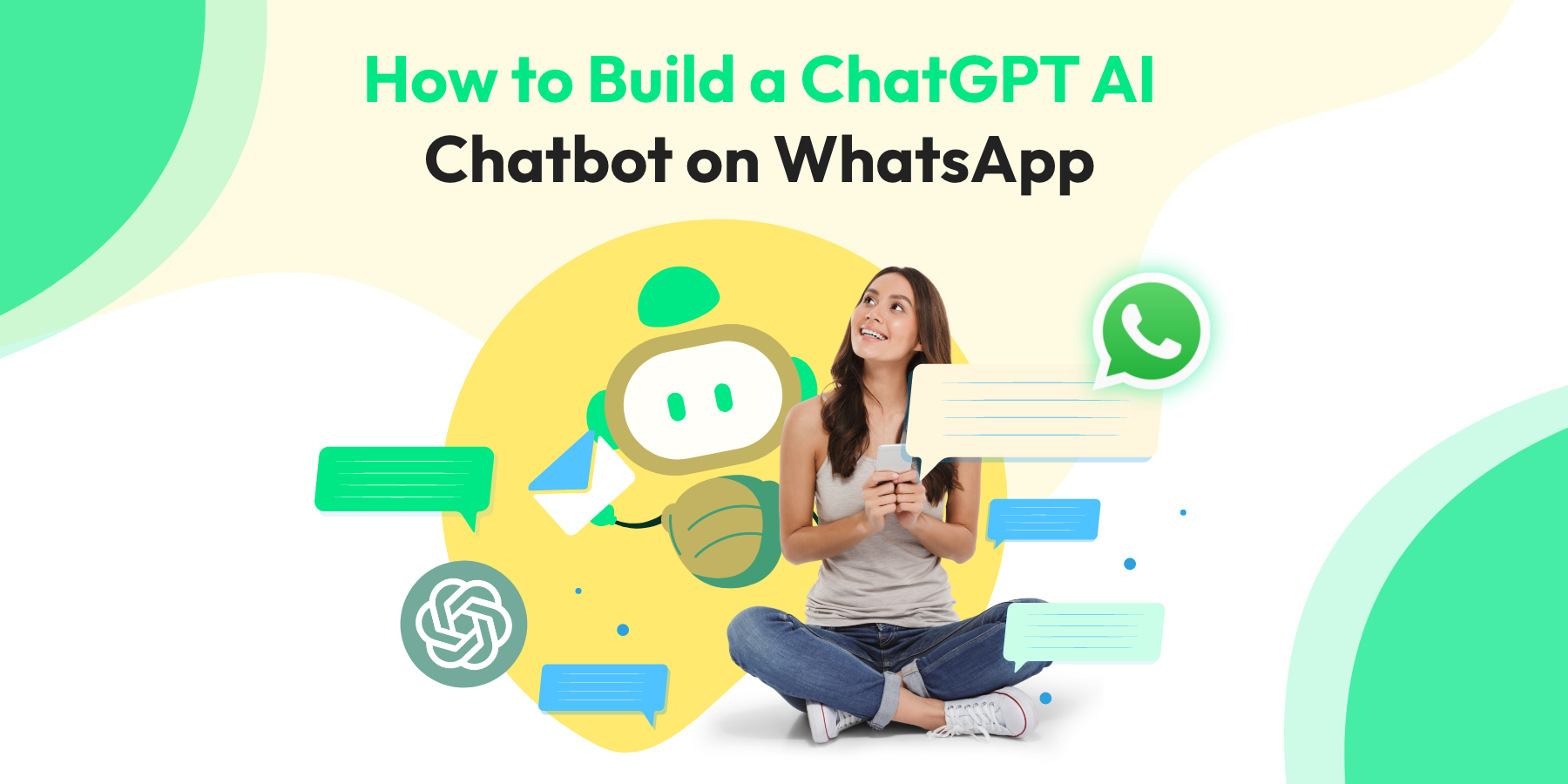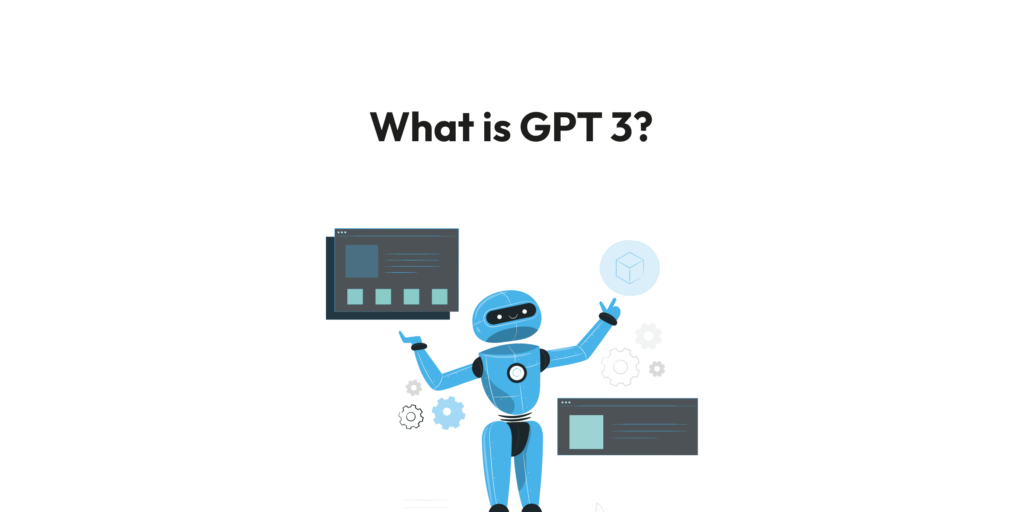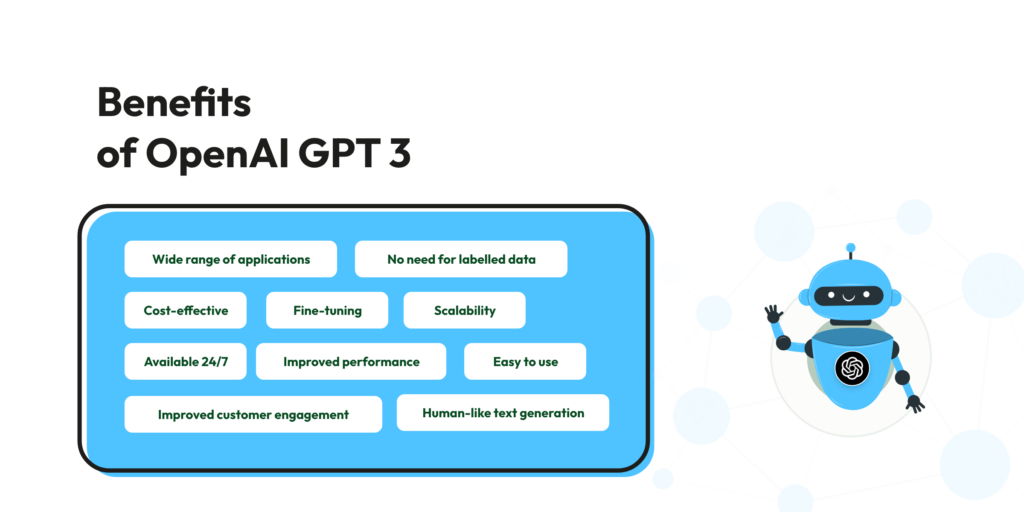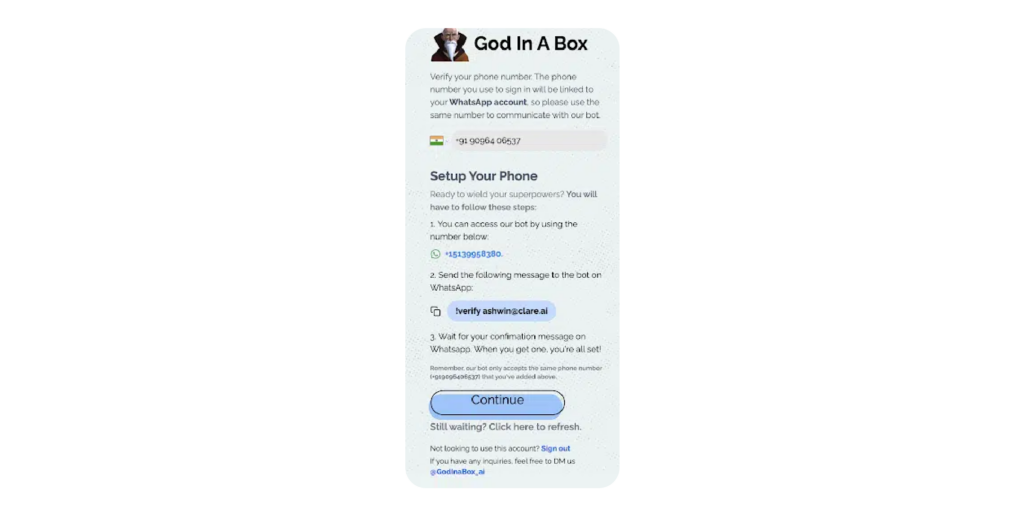
How to Build a ChatGPT AI Chatbot on WhatsApp (2025)
Written by:
 Ashwin
|
on:
February 7, 2025
|
According to: Editorial Policies
Ashwin
|
on:
February 7, 2025
|
According to: Editorial Policies
OpenAI GPT, or ChatGPT, can provide you with an extraordinary virtual assistant. Moreover, it possesses the remarkable ability to comprehend and answer any natural language question with fluency and precision. By integrating ChatGPT’s impressive language understanding and generation capabilities with WhatsApp, you can have an AI chatbot online right on your mobile device. This ChatGPT AI chatbot can provide instant responses and assistance.
Consequently, just imagine the possibilities!
In this article, we will delve into this fascinating topic.
What is a WhatsApp Chatbot?
Imagine having a delightful digital companion right in the heart of your WhatsApp messages, like a chatty genie living inside your phone! Well, that’s precisely what a WhatsApp Chatbot is! 🧞♂️
This genie comes with lots of superpowers that range from providing quick updates on products and services to handling customer support inquiries.
Need to automate a customer’s pizza order? The bot’s got it covered! Plus, it can share exciting facts and entertain your customers with jokes.
With the WhatsApp AI Chatbot as your ally, you’ll enhance customer interactions, improve support efficiency, and create an enchanting experience that sets your business apart in the digital realm.
Bonus Read 📚: Top 10 WhatsApp Tools and API Solutions for 2025

Now, let’s explore the fantastic benefits WhatsApp AI chatbots can bring to your business!
Benefits of WhatsApp AI Chatbot for Businesses
| 24/7 Availability | Unlike your typical support team, the WhatsApp AI Chatbot never sleeps! It tirelessly attends to customer queries and requests around the clock, ensuring your customers receive instant responses and never feel left in the dark. |
| Cost-Effective Customer Support | Say goodbye to bloated support budgets! The WhatsApp AI chatbot can handle a substantial volume of queries simultaneously, reducing the need for a large support team and cutting operational costs. |
| Personalized Interactions | This WhatsApp AI chatbot can learn from customer interactions and personalize responses based on individual preferences, making each conversation feel tailored and creating a stronger bond with your customers. |
| Quick and Efficient Information Delivery | From FAQs to product details, the WhatsApp AI chatbot swiftly provides information, empowering customers to make informed decisions without any delay. |
| Seamless Order Placements | By integrating with your business systems, the WhatsApp AI chatbot streamlines the ordering process for customers, making it as easy as waving a magic wand! |
| Data Collection and Analytics | The WhatsApp AI chatbot can gather valuable data on customer preferences and behaviour, providing you with essential analytics to optimise your business strategies. |
| Multilingual Support | This versatile companion speaks multiple languages, breaking language barriers and catering to a broader customer base, expanding your business’s reach like never before |

Features of an AI-Powered WhatsApp Chatbot
An AI-powered WhatsApp chatbot brings efficiency and personalization to your customer interactions. Leveraging advanced AI technologies can engage users in real-time, streamline processes, and help your business stay connected with customers 24/7.
A. Natural Language Processing for Enhanced Conversations
With Natural Language Processing (NLP), the AI chatbot understands and interprets human language in a way that feels natural. This allows it to provide more relevant and human-like responses, making conversations smoother and more engaging for your customers.
B. Integration with Third-Party Tools and CRMs
AI WhatsApp chatbots seamlessly integrate with third-party tools and CRMs, allowing your business to sync customer data, track interactions, and manage customer relationships effortlessly. This ensures a more personalized service and better follow-up on inquiries.
C. Automation of Customer Support and Sales Tasks
By automating repetitive tasks like answering FAQs, handling orders, and qualifying leads, an AI chatbot frees up time for your team to focus on more complex customer needs. It helps maintain fast response times, boosting both customer satisfaction and sales efficiency.
Steps to Optimize Your WhatsApp AI Chatbot
Now, let’s get into how you can optimize your WhatsApp AI chatbot.
1. Analyzing User Interaction Data
To optimize your AI chatbot, regularly analyze user interaction data. Understanding customer preferences, common queries, and chat patterns allows you to fine-tune the chatbot’s responses and improve the overall user experience.
2. Regular Updates and Performance Tuning
An AI chatbot must be updated regularly to stay relevant. Continuously refining its performance, whether by adding new features or improving responses, ensures that the chatbot provides the best service possible and adapts to evolving business needs.
3. Incorporating Feedback for Continuous Improvement
User feedback is invaluable for continuous improvement. By actively gathering and analyzing feedback, you can make necessary adjustments to enhance the chatbot’s functionality and ensure it meets customer expectations.
What is GPT 3?

OpenAI developed GPT 3 (Generative Pre-trained Transformer 3), a state-of-the-art language generation model. By training the model on a massive dataset of text, enabling it to generate human-like text, GPT 3 proves useful for various natural language processing tasks like:
- Language Translation
- Text Summarization
- Question Answering and
- Text Generation.
GPT 3 is built on the transformer architecture and uses deep learning techniques to generate highly fluent and coherent text. Additionally, it has 175 billion parameters, which is significantly more than its predecessor GPT-2 (1.5 billion parameters) and other models on the market.
GPT-3’s remarkable performance has led to its adoption in various applications, such as creating a chatbot gpt or ChatGPT chatbot for customer service and engagement.
Also, its remarkable performance and its ability to generate text that closely resembles human language is a breakthrough that has revolutionized the way these tasks are approached and executed.
Okay, that’s a lot of technical jargon. But why do people rave about ChatGPT? Well, that’s because it has a lot to offer.
Since the AI world is moving too fast, it’s important to keep up with all the latest update. Talking about latest updates, ChatGPT-4 is the latest iteration of OpenAI’s language model which represents a significant leap forward in AI capabilities. This advanced version boasts multimodal abilities, allowing it to process both text and images. This means users can now input visual content alongside their text queries, opening up new possibilities for more diverse and complex interactions. ChatGPT-4 also demonstrates enhanced language understanding, showing improved comprehension of context, nuance, and intricate instructions.
Another major advancement in ChatGPT-4 is its expanded context window, which can now handle up to 32,000 tokens (approximately 25,000 words) in a single conversation. This allows for more in-depth and extended discussions. The model also exhibits improved creativity, problem-solving skills, and multilingual proficiency. OpenAI has implemented additional ethical safeguards to reduce biases and better align the model with human values. These enhancements have significantly broadened ChatGPT’s potential applications, from more sophisticated customer service to advanced educational tools and creative writing assistants.
Benefits of OpenAI GPT 3
- Human-like text generation: The text generated by GPT-3 exhibits an impressive level of fluency and coherence, making it incredibly challenging to differentiate from text written by a human. Moreover, its ability to mimic human-like writing is truly remarkable.
- Wide range of applications: GPT-3 has versatile applications in natural language processing. It can be utilized for tasks such as language translation, text summarization, question answering, and text generation.
- Improved performance: With a staggering number of parameters, specifically 175 billion, GPT-3 can achieve state-of-the-art performance across a broad spectrum of natural language processing tasks. Its immense parameter count contributes to its exceptional abilities in handling and excelling in various language-related challenges.
- Fine-tuning: You can fine-tune GPT-3 for specific use cases like customer service, content creation, and language translation. This improves performance and accuracy.
- Easy to use: GPT-3 can be easily integrated with various software and platforms and does not require technical expertise, making it accessible to any business.
- Scalability: GPT-3 can be easily scaled up or down to match the changing needs of the business.
- Cost-effective: GPT-3 eliminates the need for expensive development resources, leading to significant cost savings.
- Improved customer engagement: GPT-3 can be used to generate highly personalized text, which can help increase customer engagement, loyalty, and retention.
- Available 24/7: GPT-3 can work 24/7, providing customer service, answering frequently asked questions, and helping at any time of the day.

These features combine to make GPT-3 one of the best AI chatbot options available for businesses looking to enhance their customer interactions.
By integrating GPT-3’s advanced language generation capabilities with WhatsApp’s messaging platform, you can create a highly advanced and sophisticated AI chatbot capable of providing instant and accurate responses to your queries. Additionally, this integration opens up a world of possibilities for enhancing customer interactions and streamlining support services.
But let’s be honest; the first two approaches can look quite technical for some of you.
Integrating OpenAI GPT 3 with WhatsApp
First, let’s get all technical.
The Technical Approach
Daniel Gross, a US-based entrepreneur and the co-founder of Cue, which was acquired by Apple, has integrated GPT-3.5, the technology behind ChatGPT, into a WhatsApp-based AI assistant.
As a result, this integration allows the ChatGPT AI chatbot to communicate with users naturally and conversationally as if it were a friend on their contact list. He named this integration WhatsApp-GPT, and the code is available on GitHub for others to access.
Here’s his tweet with more information.
But what if you aren’t into coding and don’t want to get into anything technical? Well, there’s another approach for you. Introducing…
The Not-So-Technical Approach
On Twitter, tech influencer Varun Mayya also shared a similar development. He announced the launch of “God In a Box,” an integration of GPT-3.5 directly into WhatsApp.

Mayya states that their implementation makes use of the latest model API and does not necessitate credentials. The launch is imminent; however, users will need a beta key to gain access to it.
So, all you have to do is
- Signup using your WhatsApp number.
- Send a verification message to the number mentioned and
- Wait for a confirmation message to get started

Wasn’t that easy?
With God In A Box, you can send 40 messages a month for free. The only restriction at the moment is that you can only send one message every 10 seconds. They are yet to roll out a plan where you can send more messages, but 🤞.
You might be wondering if there’s a way businesses can leverage the WhatsApp – GPT chatbot integration. There seems to be a workaround too.
Your Next Read 📗: WhatsApp Business Cloud API: Understand the use and implementation
How to Integrate WhatsApp Business API with GPT Chatbot for an Amazing WhatsApp Chatbot Experience
This guide will help you create WhatsApp AI conversation bot powered by GPT-3, offering an intelligent and responsive customer service solution.
Sign up for WhatsApp Business API
You first need to find a WhatsApp Business Solution Provider (BSP) like Wati.
Note: Companies can apply for access to the WhatsApp Business API on their own; however, it is recommended to go through Business Service Providers (BSPs) as they have the necessary expertise and experience to ensure a seamless approval process. Moreover, BSPs have been vetted and authorized by WhatsApp, which guarantees the professionalism and trustworthiness of their services.
You can read more about signing up for a WhatsApp Business API here

Get OpenAI API Key for Integration
Sign up for an OpenAI account. Go to the API key page to get a secret key. You’ll have to build your integration with your WhatsApp Business API account using the secret key.
This sounds quite technical, and you also risk getting blocked by WhatsApp if they find your integration not genuine.
So, what can you do in this case? The logical option at this point is to build your chatbot on your WhatsApp Business Service Provider’s platform.
Building WhatsApp Chatbot
Building a WhatsApp AI Chatbot fueled with ChatGPT capabilities is a prospect hard to ignore, especially, with the below benefits:
- Automating customer service tasks
- Providing customer service and support 24/7
- Handling a large volume of customer interactions
And that’s not it. With Wati, your account get access to:
- Shared Team Inbox, which makes it easier for collaboration within teams.
- Broadcast and bulk messages to set up targeted marketing campaigns and to send personalized messages.
- Custom notifications to send personalized notifications based on custom events
- Native integrations to connect with their favourite tools or CRM software within a few clicks.
- And, of course, access to a no-code WhatsApp chatbot to handle sales and support queries.
Customizing Your ChatGPT WhatsApp AI Chatbot’s Responses for Better User Experience
When it comes to creating a memorable user experience, personalization is key. Your ChatGPT AI chatbot on WhatsApp should feel like a unique extension of your brand, not a generic AI assistant.
Here’s how to make it happen:
1. Tailoring the Tone
Is your brand playful or professional? Casual or formal? Your chatbot’s personality should reflect this. Adjust the language model’s parameters to match your desired tone.
For example:
Playful: “Hey there! 👋 What can I help you with today?”
Professional: “Good afternoon. How may I assist you?”
Remember, consistency is crucial. Maintain the chosen tone throughout all interactions.
2. Customizing Greetings and Farewells
First impressions matter, even for chatbots! Craft unique opening and closing messages that align with your brand voice.
For instance:
Opening: “Welcome to [Your Company]’s virtual assistant! I’m here to make your day easier.”
Closing: “Thanks for chatting! Remember, we’re always here to help.”
3. Implementing Context-Aware Responses
Make your chatbot smarter by integrating user data and conversation history. This allows for more personalized interactions. You can do this by:
- Using the user’s name when appropriate
- Referencing past purchases or inquiries
- Tailoring recommendations based on previous preferences
Pro tip: Always prioritize data privacy and obtain necessary permissions before implementing these features.
4. Adding a Touch of Humor
Who says AI can’t be funny? Inject some personality into your chatbot with well-timed jokes or witty responses. Just ensure the humor aligns with your brand and target audience.
For example:
“I’m not just any chatbot, I’m your personal AI comedian… with a degree in customer service!”
Handling Errors Gracefully
Even the most advanced chatbots make mistakes.
The key is how you handle them:
- Acknowledge the error
- Apologize sincerely
- Offer alternative solutions or human support
Example: “Oops! My circuits got a bit tangled there. Let me connect you with a human expert who can help.”
By implementing these customization strategies, you’ll create an artificial intelligence chat experience that not only serves your users efficiently but also leaves a lasting positive impression.
Remember, the goal is to make your chatbot feel less like a robot and more like a helpful, brand-aligned assistant.
Troubleshooting and Support for Your WhatsApp AI Chatbot
When running an AI conversation bot on WhatsApp, you might encounter a few challenges. Let’s explore some frequent problems and their solutions:
Connection Errors
Is your chatbot struggling to connect? First, check your internet connection. A stable connection is crucial for smooth operation. If that’s not the issue, verify your WhatsApp Business API credentials. Incorrect or expired credentials can cause connection hiccups.
Slow Response Times
Nobody likes waiting, especially in chat! If your bot’s taking too long to respond, consider optimizing your prompts. Shorter, more precise prompts can lead to quicker responses. Also, keep an eye on your API usage limits – hitting these can slow things down.
Inaccurate or Irrelevant Responses
Sometimes, your chatbot might go off track. To improve accuracy:
- Refine your training data
- Adjust the temperature setting in your GPT-3 configuration
- Implement better error handling for edge cases
Handling High Traffic
Is your chatbot popular? That’s great! But high traffic can lead to performance issues. Consider:
- Implementing a queue system for incoming messages
- Scaling your infrastructure during peak hours
- Using caching mechanisms for frequently asked questions
Debugging Techniques
When things go wrong, good debugging practices can save the day:
- Log Everything: Keep detailed logs of interactions, errors, and system performance.
- Use Monitoring Tools: Set up alerts for unusual patterns or errors.
- Test Regularly: Conduct periodic tests to catch issues before users do.
Staying Up-to-Date
The world of AI moves fast! Stay current with:
- ChatGPT updates from OpenAI
- WhatsApp Business API changes
- Best practices in chatbot development
Remember, troubleshooting is part of the journey. With patience and persistence, you’ll keep your WhatsApp ChatGPT AI chatbot running smoothly, delighting users with every interaction!
Since its introduction, ChatGPT has had a significant impact and has gained over a million users quickly. However, businesses can enjoy several benefits by building a WhatsApp chatbot on a Business Service Provider’s platform, as explained above. This can help them get started quickly.
Moreover, if you’re interested and want to know more about how Wati’s WhatsApp chatbot can help your business, participate in our daily group demo and let our Wati experts answer your doubts and questions.

Frequently Asked Questions
1. What are the privacy considerations when using a ChatGPT AI chatbot?
When using a ChatGPT AI chatbot, it’s important to ensure user data is handled securely. Businesses should implement proper data encryption and comply with privacy regulations like GDPR to protect customer information.
2. Can a ChatGPT AI chatbot be used for lead generation?
Yes, ChatGPT AI chatbots can engage users by asking targeted questions, qualifying leads, and even scheduling follow-up actions. This helps businesses capture more potential customers while automating the lead generation process
3. How can GPT-3 be used to build a WhatsApp AI chatbot?
GPT-3 AI can be used to build a WhatsApp bot by integrating the language model into the WhatsApp chatbot’s backend. It leverages GPT-3’s natural language processing capabilities to understand user queries and generate human-like responses, making the WhatsApp bot more interactive and versatile to engage.
4. What are the prerequisites for building a WhatsApp AI chatbot with GPT-3?
Access to GPT-3 API: You must have access to the GPT-3 API provided by OpenAI, which allows you to integrate the language model into your WhatsApp bot application.
WhatsApp Business API: You need to set up and obtain access to the WhatsApp Business API, which enables your WhatsApp chatbot to communicate with users on the messaging platform.
With these prerequisites, you can create an intelligent and interactive WhatsApp AI chatbot powered by GPT-3 AI.


Latest Comments